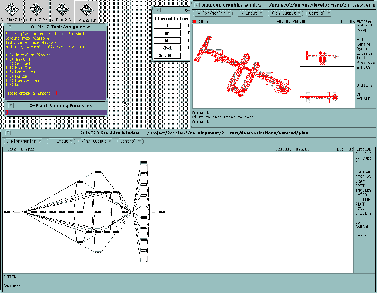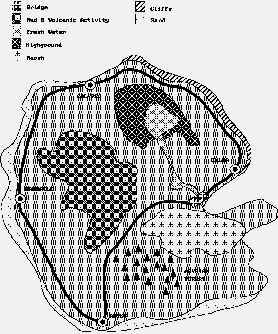Applications of O-Plan
Applications of O-Plan
O-Plan is aimed at being relevant to the following types of problems:
- project management for product introduction, systems engineering,
construction, process flow for assembly, integration and verification, etc.
- planning and control of supply and distribution logistics.
- mission sequencing and control of space probes such as Voyager and
ERS-1.
These applications fit midway between the large scale manufacturing scheduling
problems found in some industries (where there are often few inter-operation
constraints) and the complex puzzles dealt with by very flexible logic
based tools. However, the problems of this type represent an important class
of industrial relevance.
The areas in which O-Plan has already been applied are as follows:
- Space Platform Construction
- Satellite Planning and Control
- House Building
- Software Development
- Logistics
- Non-Combatant Evacuation Operations
- Other Demonstrations
The space platform construction and the non-combatant evacuation tasks
were used as demonstrations of the PlanWorld Viewer Interface of
O-Plan. An instance of this interface was constructed using the
AutoCAD graphics package. 
The current developments of O-Plan are designed to allow it to tackle
a number of military relevant logistics problems of interest to the
United States. The scenario to be investigated is that of evacuating
a number of civilian personal from a conflict area by means of ground,
sea and air transport. In order to make the validation and testing of
alternative courses of action easier for such scenarios, AIAI (in
conjunction with other ARPI groups) has developed the PRECiS
environment on behalf of the ARPA-Rome Laboratory Planning Initiative.
This involves a fictitious island in the Pacific referred to as
Pacifica.
The Pacifica scenario (developed by a Ph.D student, Glen A. Reece on
an associated AASERT award) will be used to investigate military
logistics problems and to validate the usefulness of generative
planning to the military logistics scenario.

Summary
...
